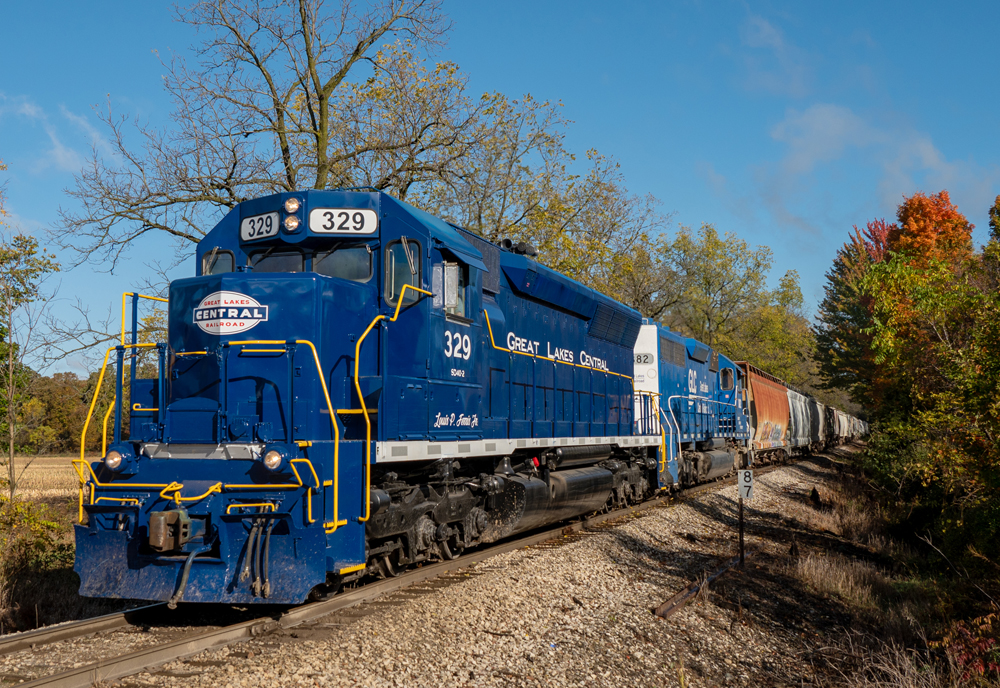
Parallel Systems has begun the second phase of testing its autonomous, battery-electric railcars on Genesee & Wyoming short line Heart of Georgia Railroad.
The first phase of testing was performed on a 2-mile section of track on the Heart of Georgia. The Parallel vehicle was operated for a total of 90 miles and passed all safety milestones, the company said last week.
Tests included automatic compliance with track warrant limits, slow order bulletins, concurrent warrant limits, Form A slow order bulletins, and speed. The system’s communications links and monitors also were verified to ensure connectivity and safety.
“With this important milestone behind us, we have now launched Phase 2 of the test program over a 30-mile section of track,” Parallel said. “The test region includes 43 grade crossings that will all be protected with flaggers. During this phase we will evaluate system performance across different terrains, vegetation, and weather conditions. Our specific test activities include speed and position accuracy, stopping distance, audible warnings for grade crossings, and activation of grade crossing warning devices.”
The tests are being conducted under the supervision of the Federal Railroad Administration.
The Parallel equipment lacks couplers, sports electronic brakes, can form platoons of up to 50 cars, and operate fully autonomously for up to 500 miles on a single battery charge. The company says its equipment will enable railroads to capture short-haul freight where rail is currently not competitive with trucks.















How is it that Parallel thinks that one platform can trigger crossing warning circuits but CN needs a minimum axle count of 32 and they must be Superliners? Just asking
Parallel has a *really* strong interest—as in, pretty nearly make-or-break for the whole concept—in making one platform trigger grade crossings reliably. CN doesn’t really benefit a whole lot from trains of less than seven cars (=32 axles, assuming a four-axle locomotive)—nearly all trains that short are passenger trains, which CN would be (operationally) quite happy not to have on its network. So the Parallel people have been looking *really* hard for ways to make a single platform trigger the circuits reliably, and the CN folks have been looking for reasons why fewer than 32 axles won’t work. Both groups succeeded (very likely, at least in part, by adopting different criteria for what makes a solution acceptable).
Certainly it will be interesting to see how well Parallel’s reliability claims hold up at scale, though, if/when they get a chance to try.